Struggling to picture titanium’s true color? You’re not alone, it’s a bit of a chameleon.
Titanium’s color is best described as a lustrous, silvery-white metallic color. It is often compared to the look of silver or platinum due to its bright, reflective surface.
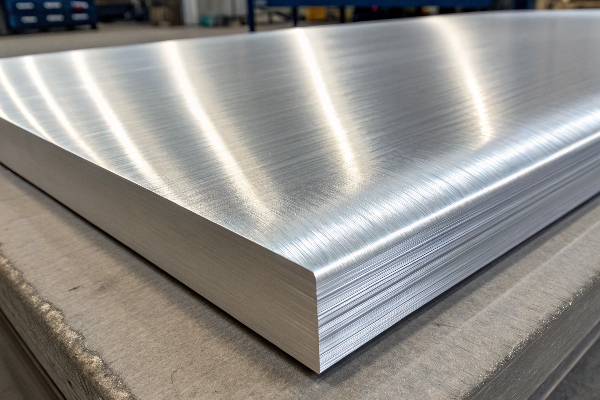
But, that description only scratches the surface. To really understand the nuance, let’s break it down.
What Does Titanium Color Look Like?
Feeling confused by all the descriptions of titanium’s color? It’s like trying to pin down a cloud – it changes!
In its most common form, titanium appears as a bright, silvery metal. However, its appearance can vary significantly based on surface finish1 and the presence of an oxide layer2.
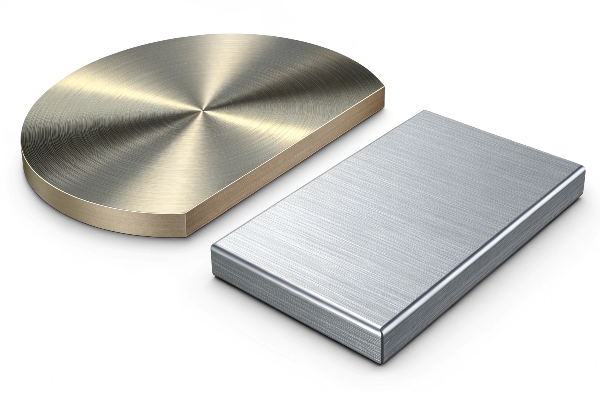
Surface Finish
The way titanium is finished dramatically impacts its appearance. Here’s a breakdown:
| Finish | Description | Appearance |
|---|---|---|
| Raw/Unfinished | The natural state of titanium after processing, without any additional polishing or treatment. | Dull, matte gray. Could have a slightly rough texture. |
| Polished | Highly polished, creating a mirror-like surface. | Bright, reflective, silvery-white. |
| Brushed | A textured finish created by brushing the metal in one direction. | Subdued sheen, directional lines visible. |
| Bead-blasted | A matte finish created by blasting the surface with tiny beads. | Uniform, dull gray, slightly textured. |
Oxide Layer
Titanium readily reacts with oxygen, forming a thin, transparent oxide layer. This layer, while protective, can also alter the perceived color. It’s a naturally occuring chemical reaction.
What Color Is Close to Titanium?
Trying to find a readily available comparison for titanium? Think of things you probably already know.
Colors similar to titanium3 include silver, platinum, and polished stainless steel. These metals share a similar bright, reflective quality.
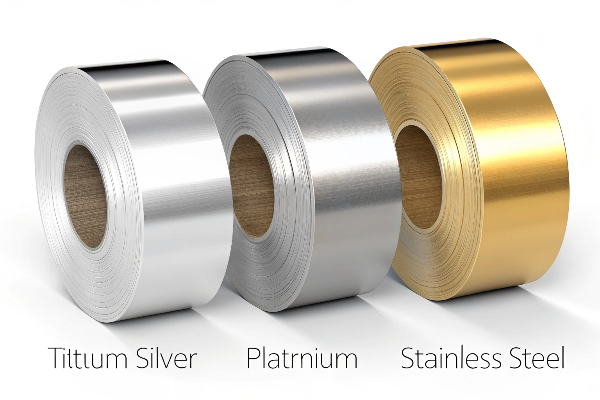
Comparing Similar Metals
| Metal | Color Description | Key Differences from Titanium |
|---|---|---|
| Silver | Bright, white, highly reflective. | Can tarnish (darken) over time. |
| Platinum | Silvery-white, more grayish than silver, highly reflective. | Denser and more expensive than titanium. |
| Stainless Steel | Varies depending on the alloy and finish, but often a bright, silvery color, sometimes with a slightly bluish tint. | Typically less lustrous than polished titanium. |
The ‘Almost’ Colors
It’s a good idea to think of other things that are close to the color, but not the same. Things like:
- Light Gray4: I think the duller, matte finishes of titanium.
- White: I think the highly polished versions, but with a metallic sheen.
- Chrome5: Similar in reflectivity, but can have a slightly colder, bluer tone.
Is Titanium a Gray Color?
Wondering if "gray" is a good enough descriptor for titanium? It’s a tricky question.
While some forms of titanium, like unpolished or bead-blasted finishes, can appear gray, the most common perception of titanium is a brighter, silvery-white color.
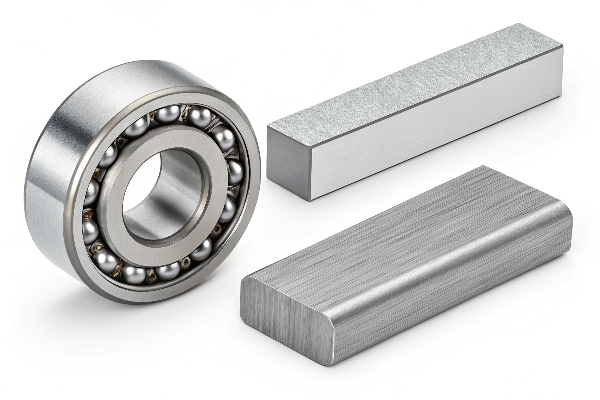
Shades of Gray
"Gray" covers a huge range. I know when I think of gray I have many different colors in mind. The ‘grayness’ of titanium depends heavily on the factors.
- Light Gray: Unpolished, bead-blasted, or naturally oxidized titanium can resemble lighter shades of gray.
- Dark Gray: Raw, unfinished titanium might appear as a darker, more industrial gray.
- It is NOT Charcoal Gray: Titanium, even in its dullest forms, typically lacks the depth and darkness of charcoal gray.
Why It’s Not Just Gray
The key is the metallic nature of titanium. Even when it appears gray, it usually retains a subtle metallic sheen6 or luster, something that a flat gray color lacks. It’s the way it plays with light that sets it apart.
What Is the Color of Pure Titanium?
Want to know the color of titanium in its absolute, most basic form? Let’s get scientific.
Pure titanium, in a controlled environment without any surface treatment or oxidation, has a bright, silvery-white metallic color7.
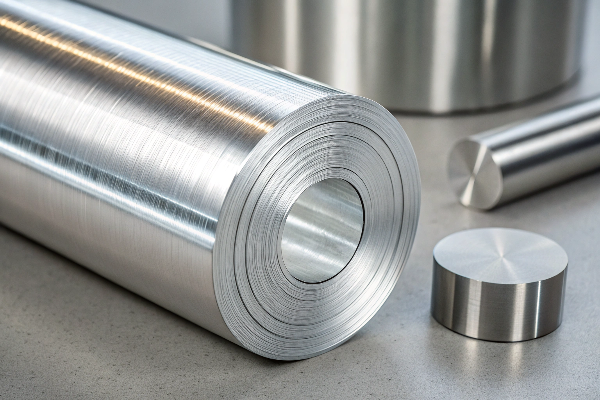
The Science Behind the Shine
- Crystal Structure: Titanium’s atomic structure and the way its atoms are arranged (its crystal lattice) contribute to its ability to reflect light efficiently.
- Electron Behavior: The way electrons in titanium atoms interact with light is crucial. They absorb and re-emit light waves, leading to the characteristic bright, metallic appearance.
The Reality of "Pure"
It’s important to note that truly "pure" titanium is rarely encountered in everyday life. I think its always reacting to the oxygen.
Does Titanium Look Like Silver?
Comparing titanium to silver? It’s a common, and understandable, question.
Polished titanium8 shares a strong resemblance to silver in terms of its bright, silvery-white color and high reflectivity. However, there are subtle differences.
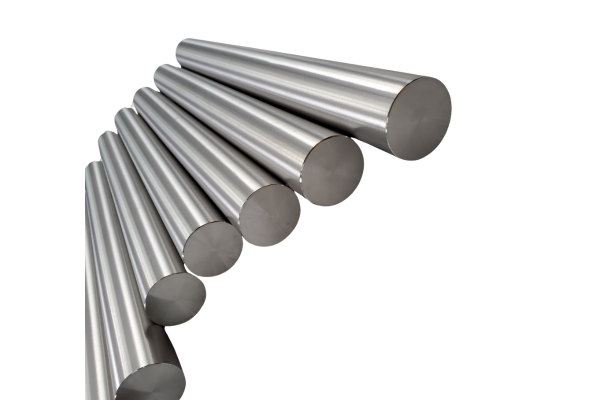
The Key Differences
| Feature | Titanium | Silver |
|---|---|---|
| Color Tone | Often described as a slightly "cooler" or "whiter" silver. | Can have a slightly "warmer" or "creamier" tone, especially as it begins to tarnish9. |
| Tarnish | Highly resistant to tarnish and corrosion. | Prone to tarnishing (developing a dark, dull layer) when exposed to air and sulfur. |
| Weight | Noticeably lighter than silver. | Denser and heavier than titanium. |
| Durability10 | Stronger and more scratch-resistant. | Softer and more easily scratched or dented. |
Why the Confusion?
I think the initial visual similarity is the main reason people often compare the two. Both metals, when polished, have that brilliant shine that catches the eye.
Conclusion
Titanium’s color11 is most often a bright, silvery-white, but it can range from a dull gray12 to a near-mirror finish depending on its processing. It’s a fascinating metal!
-
Learning about surface finishes can help you choose the right treatment for your projects, enhancing aesthetics and durability. ↩
-
Understanding the impact of oxide layers can deepen your knowledge of material science and its practical implications. ↩
-
Explore this link to discover a comprehensive list of colors that resemble titanium, enhancing your understanding of its visual characteristics. ↩
-
This resource will provide insights into how light gray relates to titanium’s appearance and its applications in design. ↩
-
Learn about the similarities and differences between chrome and titanium, especially in terms of aesthetics and usage. ↩
-
Discovering the science behind titanium’s metallic sheen can deepen your knowledge of its optical properties and applications. ↩
-
Understanding the true color of pure titanium can help you appreciate its unique properties and uses in various industries. ↩
-
Explore the properties of polished titanium to understand its similarities and differences with silver, enhancing your knowledge of these metals. ↩
-
Learn about tarnishing in silver and how titanium’s resistance can affect their use in jewelry and other applications. ↩
-
Discover the differences in durability between titanium and silver, which can influence your choice for various uses. ↩
-
Explore the various colors of titanium and their unique properties to understand its versatility and applications. ↩
-
Discover the reasons behind the dull gray appearance of titanium and its implications for material selection. ↩





